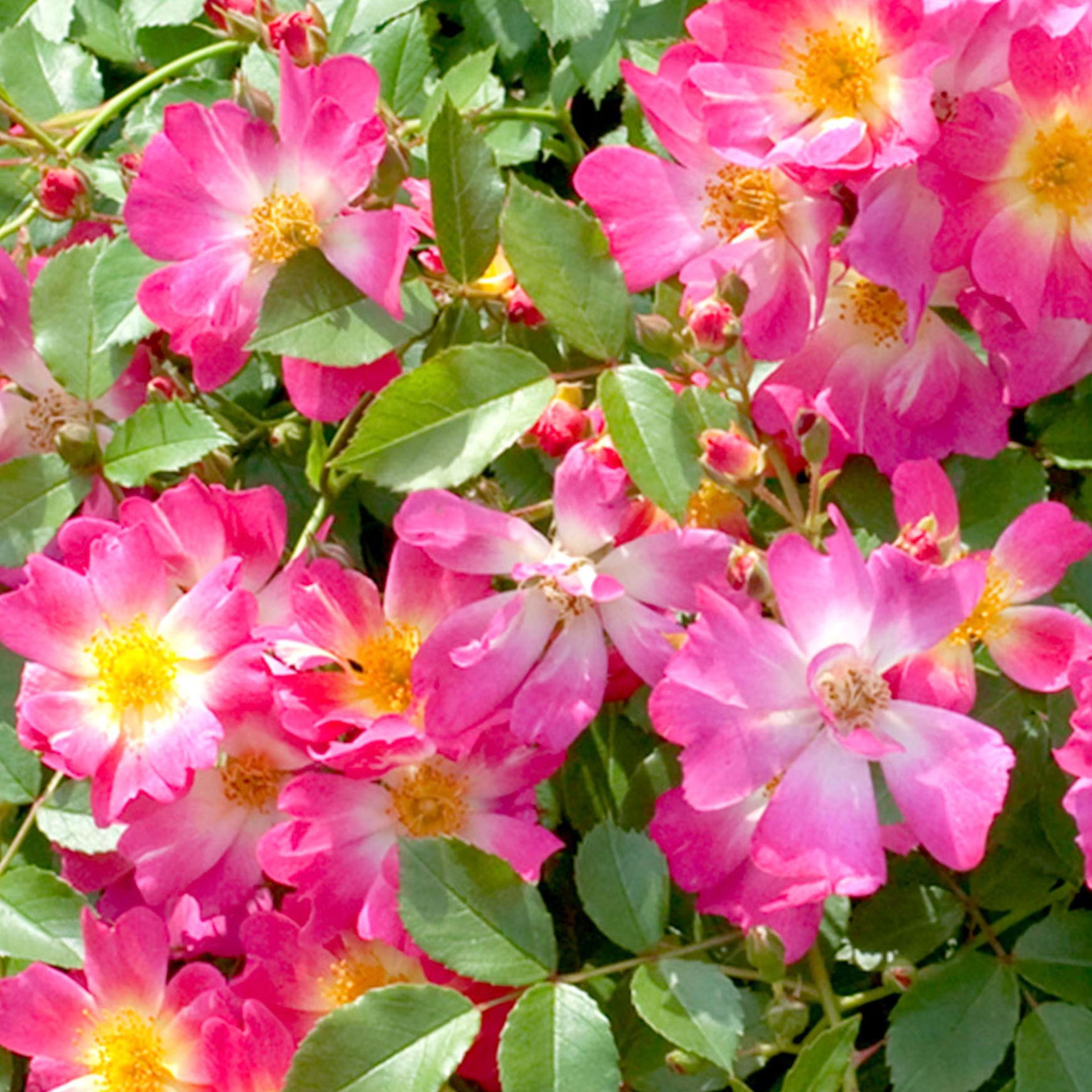Want Your Lavender To Bloom for Longer? Try This Expert Tip & Deadhead Lavender Plants For A Longer, Lovelier Flush of Flowers
The heady rush of lavender is a feast for the senses, so make sure you can enjoy the show for as long as possible. Follow our tips on how to deadhead lavender for an extra hit of fragrant pleasures

Amy Draiss
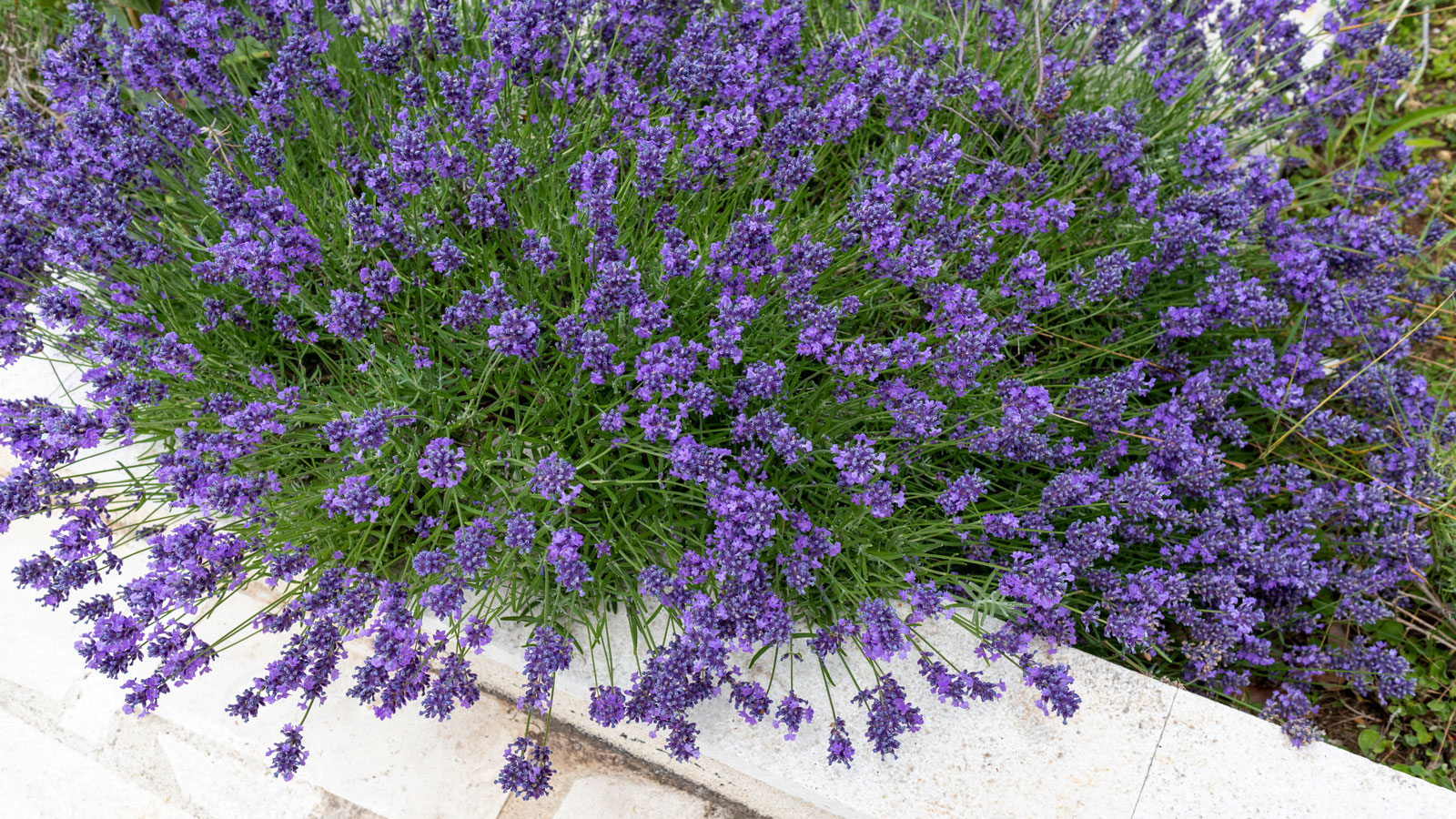
The allure of lavender in a garden border or patio container cannot be overstated. Lavender flowers attract pollinators, and effortlessly add elegance and structure to low hedges and flower beds – and we all want those potent fragrant blooms to last for as long as possible. Knowing how to keep lavender blooming means you can enjoy the flowers for longer in the growing season – so if you’ve never bothered to deadhead lavender, this expert insight is going to transform your lavender enjoyment over summer. If you love growing lavender and want more of it, here’s what you need to know about why, when and how to get more lavender flowers by deadheading.
Why Deadhead Lavender to Keep it Blooming?
The process of deadheading flowering plants is an important step in encouraging repeat flowering of your lavender. Removing spent flowers means the plant doesn’t waste energy on them any longer. The process of removing them redirects the plant’s energy into making more flowers. This is why deadheading can lead to repeat blooms, and it’s something you can do for the duration of the flowering season.
Deadheading is a process that works to promote continuing and repeat flowering on many types of plants, including all types of lavenders. Those that naturally repeat bloom, like Spanish lavenders, benefit the most. Deadheading is equally effective for lavenders in pots and in the ground. So if you’re worried about a weary or faded lavender plant, or keen to keep your cottage garden classic bursting with blooms for longer, knowing how to deadhead lavender is your best chance for extended flowering.
When and How to Deadhead Lavender
So how do you deadhead lavender, and when? Timing is important for optimal deadheading. It depends on the type of lavender you have, and when it starts to bloom. But as a golden rule, the best time for removing lavender flowers is when they are fading. You can remove them before they are completely spent if you want to use the flowers. If not, remove them when all the flowers on a stem have faded.
Start with a sharp, clean pair of shears, snips or pruners. A clean cut minimizes stress to the plant. The Gardening Know How team loves the Felco 2 Bypass Pruner Classic from Walmart – it’s exceptional value for money, durable, hard-wearing and great for precision cuts. A decent budget option for left handed deadheading is the Spear & Jackson Razorsharp Left-Handed Bypass Pruner from Amazon, with its neat ergonomic action.
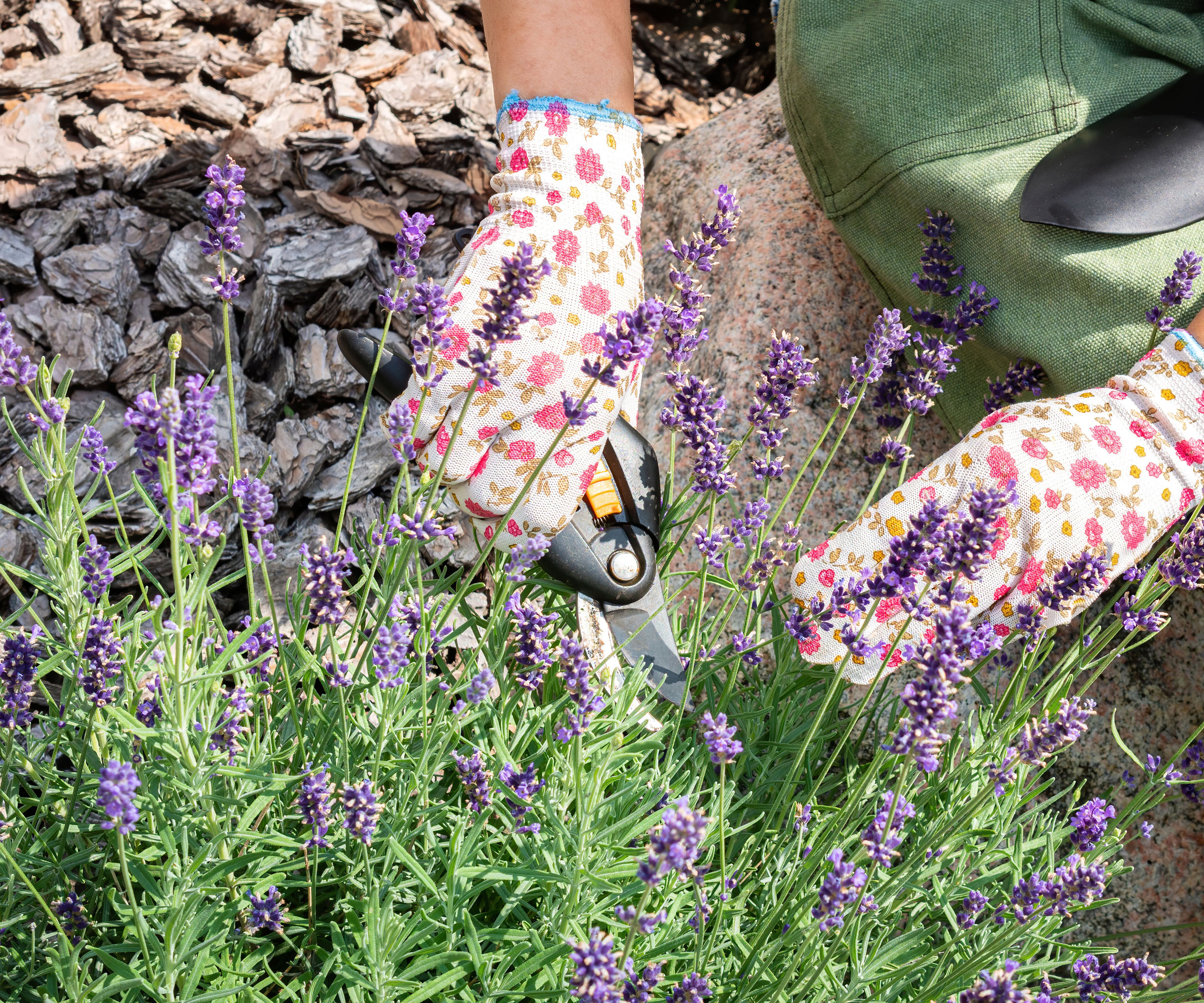
Find spent stalks of flowers and make a cut just above the last set of leaves before the flowers. You should soon see new growth near the cuts, which will likely flower later in the season.
Keep deadheading the lavender as needed, and as more flowers fade. They may not all fade at once, of course. Appraise your lavender plant every day, if you can. You cannot remove too many flowers. However, you can leave some on to go to seed if you want to collect the seeds for lavender propagation.
Sign up for the Gardening Know How newsletter today and receive a free copy of our e-book "How to Grow Delicious Tomatoes".
Deadheading versus Pruning
It’s important to remember that deadheading isn’t the same as pruning. Lavender pruning is also important for keeping your plants healthy, shapely and blooming. But they are implementing fresh growth in slightly different ways – one is prompting fresh blooming during the flowering season, while the other is helping you keep your overall plant in good shape ahead of the next dedicated season of growth.
Prune your lavenders annually, beginning in the second year. You can do light pruning at any time, but you should save the most drastic shaping for fall, after the last flowering. Cut lavender bushes back by about one third. Just don’t cut into the woody stems, as they won’t regrow.
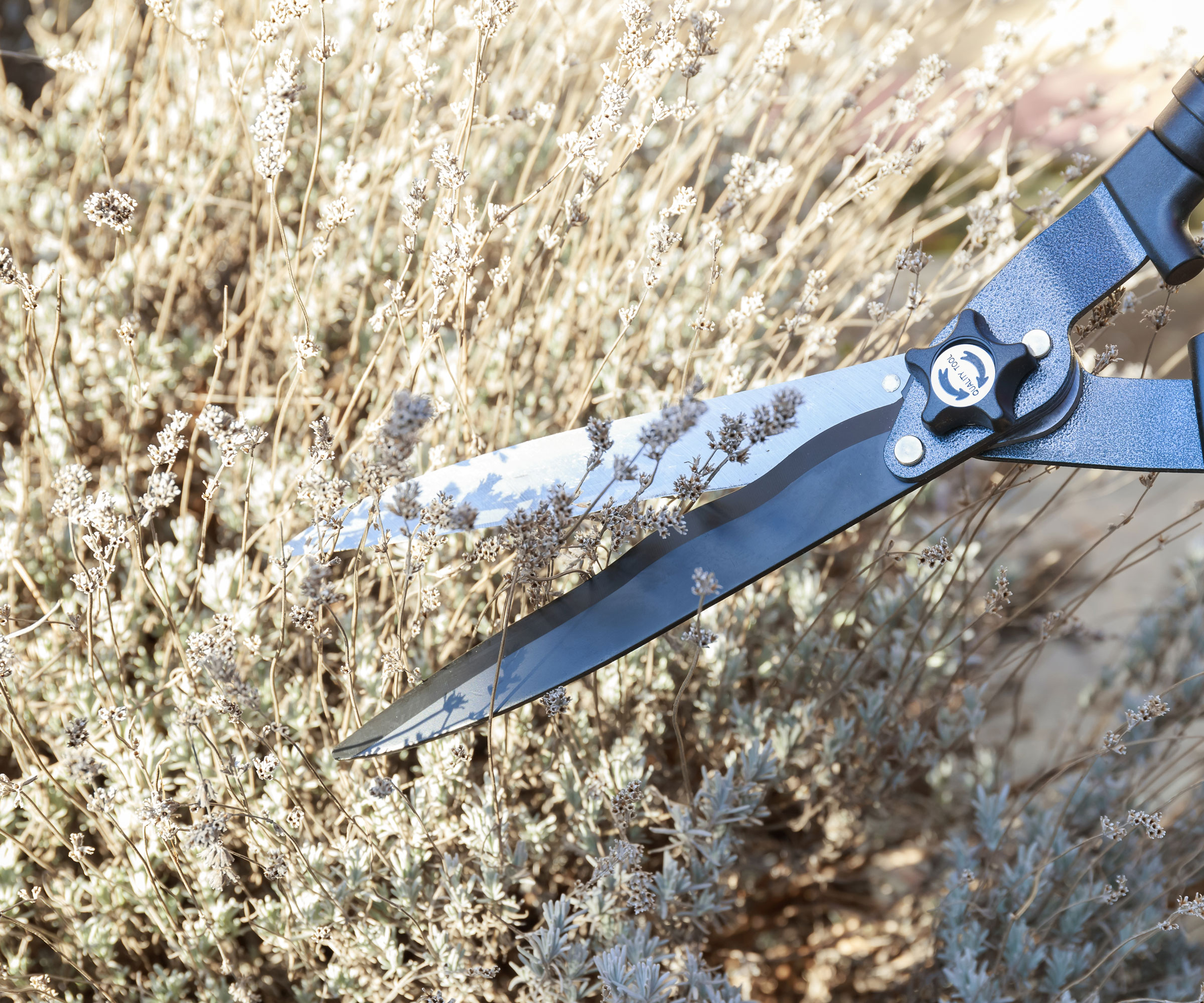
What Else You Should Do to Help Lavender
Knowing how and when to deadhead lavender is a great way to encourage repeat flowering, but overall good care is essential. If you want to get more flowers, consider the growing conditions and take steps to optimize them. For example, you can use a bloom-boosting fertilizer to promote flowering. Feeding lavender plants early in the growing season can help with flowering and also create stronger stems for developing flowerheads.
Consider a potash-based feed, a diluted tomato feed, a seaweed-based supplement or a balanced flowering concentrate like Seedlingers Flower Food from Amazon to help give flowers a little kickstart. However, it’s important to avoid over-fertilizing lavender, as it can promote more foliage growth and fewer flowers. Too much overfeeding can also run the risk of root burn. It can even affect the intensity of the fragrance produced by the flowers. A little goes a long way, as they say.
Make sure your lavenders are watered regularly, but that they never get soggy. The soil should drain very well to avoid standing water. They also need full sun to bloom, so always plant lavender seedlings, cuttings or young plants in areas where they will get six to eight hours of sunlight.

Which Lavender Varieties Flower for the Longest
It’s important to choose lavender types that match your garden’s climate and growing conditions. To maximize repeat flowering of lavenders, consider the types that bloom longer and have the potential to flower more than once in a season.
Spanish lavender naturally blooms twice, or even three times, throughout the growing season. They bloom first in spring, again in summer, and sometimes, to a lesser degree, in fall. English and French lavender can be coaxed into reblooming with proper deadheading. Here are some examples of varieties that naturally bloom for longer:
- Hidcote: This English lavender has a long bloom period with a mounding shape. You can buy Hidcote Lavender from Nature Hills for a satisfyingly compact growth habit.
- Irene Doyle: This is one example of an English lavender that naturally blooms twice per season.
- Grosso: This French lavender is a larger lavender bush. You can grab Grosso lavender from Burpee for a longer-lasting bloom period than other types.
- Goodwin Creek Grey: This French lavender has an exceptionally long bloom period, from early summer right through early fall. It’s best for warmer climates, though.
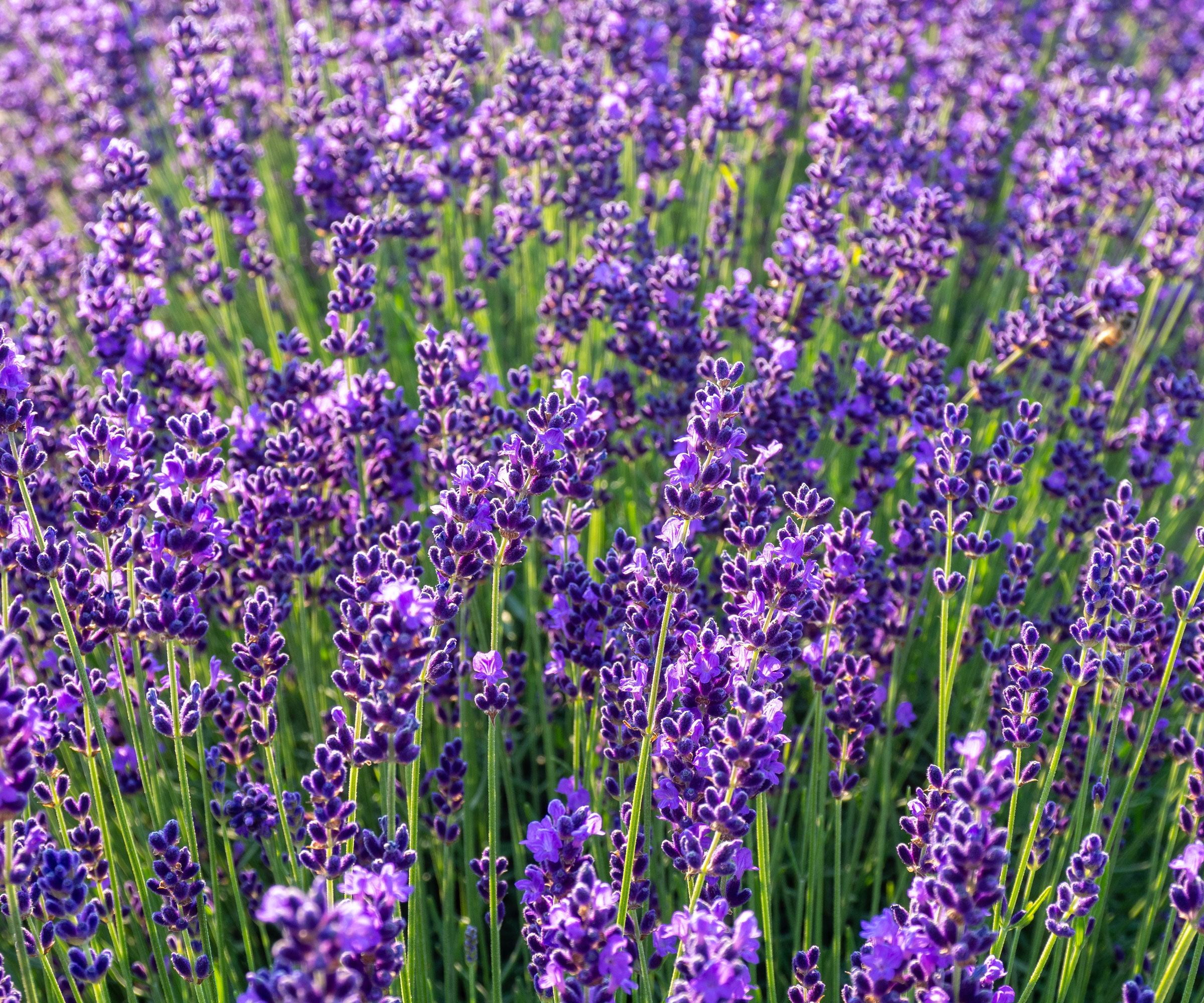
Frequently Asked Questions
How Long Does Lavender Flower?
Bloom timing and duration depend on the type of lavender. You can plant different lavenders strategically to extend the bloom time. English lavender blooms in midsummer for three to four weeks. Spanish lavender blooms earlier, in spring, and often again in summer. French lavender will bloom most of the summer and into the fall in warm climates.
Does Lavender Flower Less Every Year?
Lavender bushes are some of the best perennials for flowering well every year. The key is to give them the right care. Longevity may vary slightly depending on soil or container conditions, weather, region and lavender variety. But if you follow any planting and care instructions closely, they can last for 15 years or more in the right conditions.
How Do I Perk up Lavender with No Flowers?
If your lavender isn’t blooming, consider the growing conditions. To flower, you need the right lavender type for your climate. Lavender also needs full sunlight to bloom. The soil should be light and drain very well. Perhaps most importantly, you need to prune your lavender regularly. If you don’t, it will grow woodier and may stop flowering.
This article features products available from third party vendors on the Gardening Know How Shop. Keep in mind that our plant inventory is limited - so if you’re thinking of purchasing, don’t wait!

Mary Ellen Ellis has been gardening for over 20 years. With degrees in Chemistry and Biology, Mary Ellen's specialties are flowers, native plants, and herbs.
- Amy DraissDigital Community Manager

